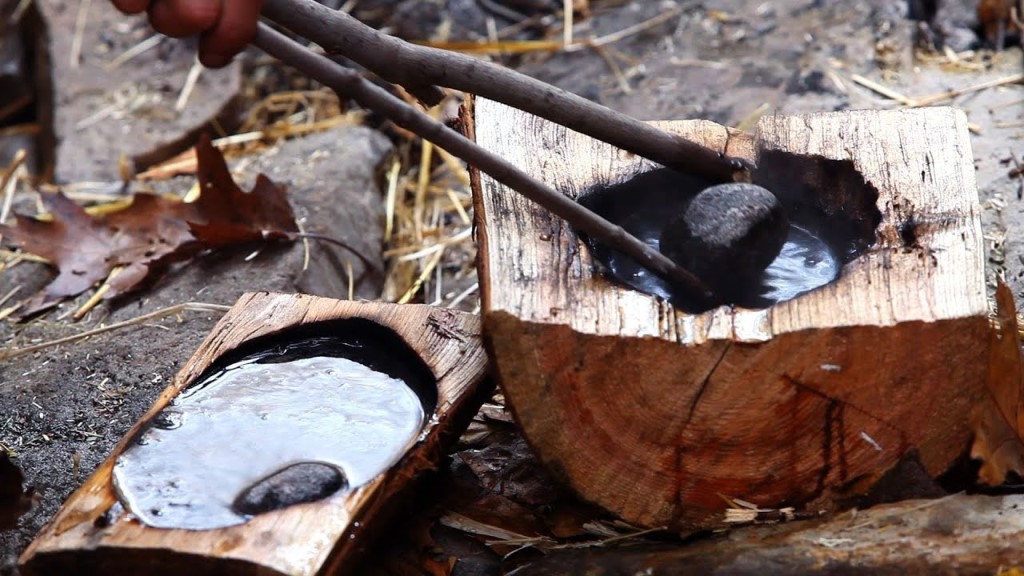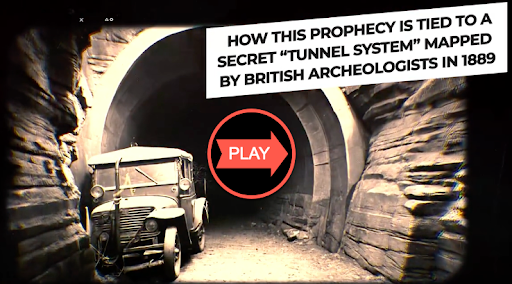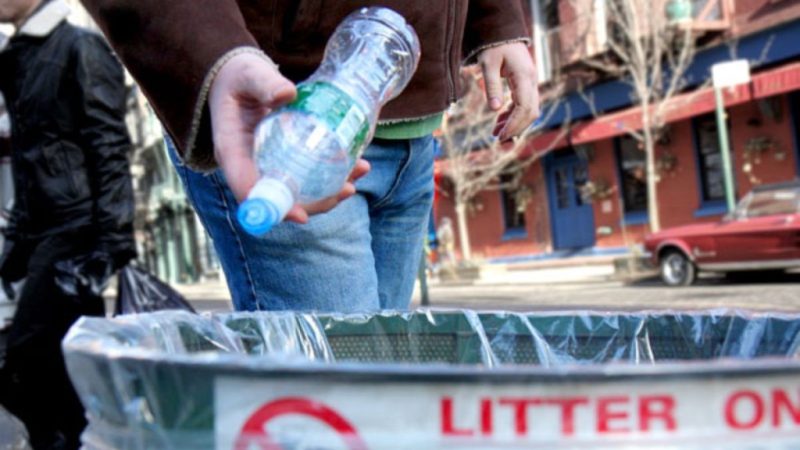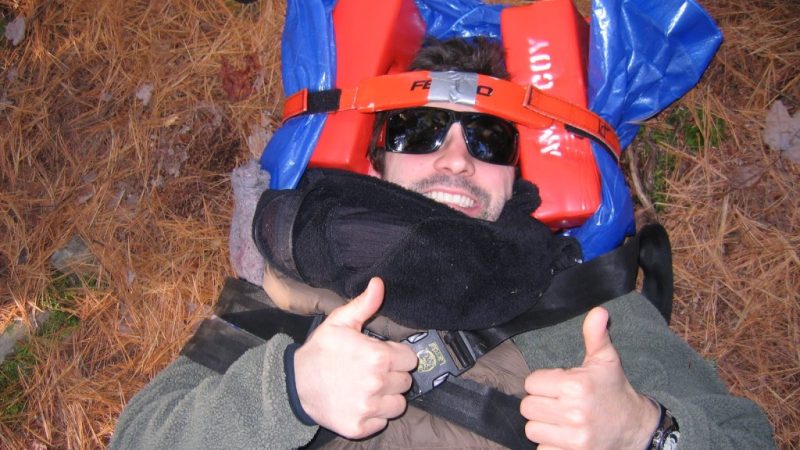Water that is not purified may make you sick, possibly even killing you.
In a survival situation, with little or no medical attention available, you need to remain as healthy as possible.
And a bad case of the runs can be a death sentence!
Boiling water is the best method for purifying water. It doesn’t require any chemicals, or expensive equipment — all you need is a large pot with a lid and a good fire or similar heat source.
Heat the water until it begins to boil, no need to bring it to a complete boil. If your water is of unknown cleanliness and is in plentiful supply, bring it to a rolling boil for about 10 minutes and it should kill common bacteria such as giardia and cryptosporidium.
One should consider that boiling water will not remove foreign contaminants such as radiation, chemicals, or heavy metals.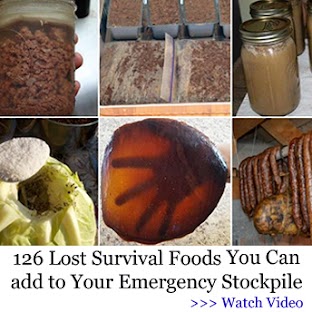
Commercial Water Purification & Filter Devices
Outside of boiling, commercial purification/filter devices made by companies such as PUR or Katadyn are the best choices. They range in size from small pump filters designed for backpackers to large filters designed for entire homesteads.
Probably the best filtering devices for survival retreats and BOL’s are the model where you pour water into the top and allow it to slowly seep through the media into a reservoir on the bottom. No pumping is required.
On the down side, most such filtering devices are expensive and have a limited capacity. Filters are good for anywhere from 50 gallons to thousands of gallons, depending on the filter size and mechanism.
Some filters used fiberglass and activated charcoal. Others use impregnated resin or even ceramic elements.
Chemical additives are another, often less suitable option. The water purification pills sold to hikers and campers have a limited shelf life, especially once the bottle has been opened.
I considers these good for the car’s emergency kit or a BoB, as long as they are frequently replaced.
Emergency Pour-though Filtering System
Pour-though filtering systems can be made in an emergency. Here’s one example that will remove many contaminants:
Remember!
- Take a five or seven gallon pail (a 55-gallon drum can also be used for a larger scale system) and drill or punch a series of small holes on the bottom.
- Place several layers of cloth on the bottom of the bucket, this can be anything from denim to an old table cloth.
- Add a thick layer of sand (preferred) or loose dirt. This will be the main filtering element, so you should add at least half of the pail’s depth.
- Add another few layers of cloth, weighted down with a few larger rocks.
- Your home-made filter should be several inches below the top of the bucket.
- Place another bucket or other collection device under the holes you punched on the bottom.
- Pour collected or gathered water into the top of your new filter system. As gravity works its magic, the water will filter through the media and drip out the bottom, into your collection device. If the water is cloudy or full of sediment, simply let it drop to the bottom and draw the cleaner water off the top of your collection device with a straw or tube.
If you have a stash of activated charcoal, possibly acquired from an aquarium dealer or made yourself (post coming soon!), you can put a layer inside this filter.
Place a layer of cloth above and especially below the charcoal. This will remove some chemical contaminants and reduce any unpleasant smell or taste.
If you’re water is a hand dug mud puddle or a cloudy stream this DIY filter will clear it up and make it taste better. BUT….
If your only water source is a contaminated puddle, oily highway runoff, or similar polluted source, then you have no water source. Keep looking. If it’s life or death and you’re out of options this DIY filter may be better than nothing, but it’s not a great option by any means.
For rain water or water gathered from what appear to be relatively clean sources of running water or rain catchment systems, the system should work fine (but it still needs to be boiled).
Once the system has been established and works, you must remember to change the sand or dirt regularly.

